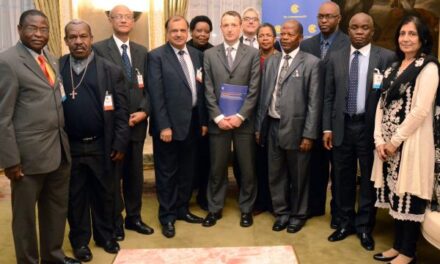In the context of the challenges faced by education in the existing MDGs (learning, equity, level of schooling etc), what should the content, shape and structure of an education goal, set of indicators and targets be post-2015?
This presentation has been put together to facilitate a focused discussion across the UKFIET Community of Practice and to stimulate wide-ranging feedback and comment. The content does not represent a UK government position nor that of any other organisation.
The challenge is to ensure that a post-2015 education goal be technically sound while sufficiently salient, transparent and understandable to a non-educationalist.
A set of discussion slides developed by DFID on Education post-2015 can be downloaded here. Your comments are invited. Please use the comments feature below.







Rob, thanks for these discussion slides. One of the questions you pose in slide 7 asks about different goal levels: you ask if specific education goals (such as EFA replacements) should sit under an education macro goal (or MDG replacement). Angela Little’s recent CoP post http://www.ukfiet.org/cop/2013/education-and-a-human-development-supergoal/ addresses yet another, higher level goal: the super goal which over-arches all MDGs. In this way, we are discussing three goal levels – and the possibility of more if we enter the debate about having national goals.
What do you think about this type of Post-2015 architecture? Does this multiple-level structure over complicate matters or does it provide clarity for policy makers?
UKFIET readers, what might policy makers and practitioners with whom you engage have to say about this? Is the structure of international targets/goals approachable for them? Does this type of layering help or hinder?
If it happens it will be very helpful in the educational field.